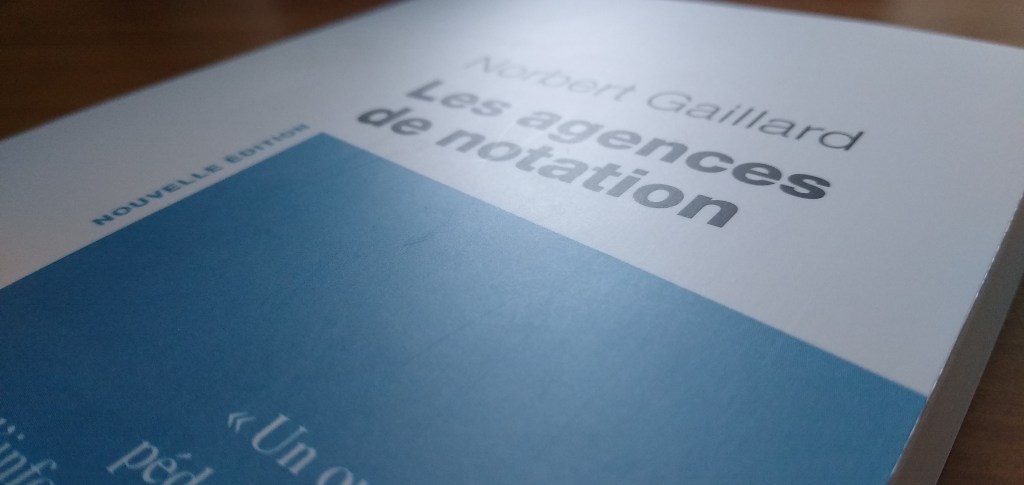Rating agencies have been the subject of a number of controversies since the late 1990s, writes Norbert Gaillard in his latest book “Les agences de notation“, published in Éditions La Decouverte, Paris 2022. The Asian crisis of 1997/98, the Enron scandal of 2001 , the debacle on the subprime market in 2007/2008 and the sovereign debt storm of 2010-2011 have impressively demonstrated the influence of the credit rating agencies on the financial markets. At the same time, however, the difficulties and limitations of the system also became apparent, as the author shows in his book.
- A first point of criticism has long been the lack of transparency in the methods used to prepare the assessments that are so important for the financial markets. The author therefore examines the question of how the solvency of states, companies and other organizations as well as banks is assessed. Do the agencies base this on mathematical-statistical models?
- A second point of criticism is directed at the strong concentration in the rating industry, because there are only three agencies that dominate the market. The author therefore investigates the influence this concentration of power can have on the credit ratings awarded.
- The author sees a third point of criticism in the way in which the credit rating agencies generate income, namely mainly from fee payments by issuers, which could therefore influence the independence and neutrality of the judgments.
- Norbert Gaillard identifies a fourth area of criticism in the historical failures in various crises that the rating agencies have experienced in the course of their more than hundred-year history. In essence, this is about the damage that resulted from the fact that some imminent insolvencies were not recognized in good time.
- The author investigates a fifth point of criticism, which consists in the accusation that the rating agencies would overreact, i.e. convert news too quickly into upgrades or, in particular, downgrades.
The book is divided into five chapters. The first chapter provides an understanding of the rating industry and the emergence of the oligopolistic structure in this market. The second chapter is dedicated to definitions, interpretations, typologies and modalities of assigning ratings. These representations of the author are of lasting value, since he meticulously processes the history of the rating agencies. Two other main chapters deal with the assessment of public and private issuers. Finally, the fifth chapter deals explicitly with the strengths and weaknesses of the rating agencies, with their conflicts of interest, their reputation, the regulations as well as the influences on rating changes.
Conclusions
From his diligent survey of facts, the author draws the wise conclusion that the situation of the rating agencies is paradoxical in three ways. Historical experiences with the rating systems have tarnished the reputation of the rating agencies. Nevertheless, the credit ratings continue to be used by investors and also by supervisory authorities. This kind of immunity of rating agencies has boosted their earnings (and hence their market caps). Even if the agencies have lost some of their influence, they remain more indispensable today than ever before – of all times, at a time when private and public debt is exploding.
Norbert Gaillard therefore calls for a central debate on the analysis of credit risks. He laments the lethargy of politicians, supervisors and institutional investors who are neglecting the “dizzying debt boom” (Norbert Gaillard). He appeals to the rating agencies not to let themselves be taken over by the debt euphoria, but to show market participants the limits of debt growth.





















Leave a comment